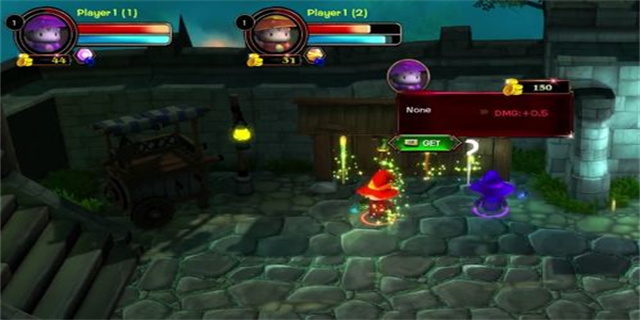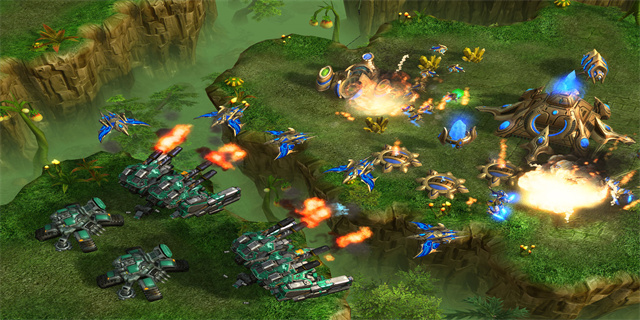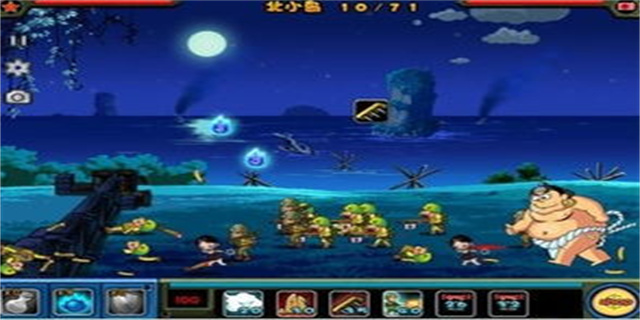Left 4 Dead: Surviving the Apocalypse
Introduction
Left 4 Dead is a critically acclaimed survival horror video game developed by Valve Corporation. Set in a post-apocalyptic world infested with hordes of infected creatures, this game pushed the boundaries of co-operative gameplay when it was released in 2008. With its unique AI director system and intense gameplay, Left 4 Dead quickly became a cult favorite among gamers around the world. In this article, we will delve into the key features of this game and explore why it continues to captivate players over a decade later.
The Unrelenting AI Director
One of the standout features of Left 4 Dead is its innovative AI director system. Unlike other games that rely on scripted events, Left 4 Dead dynamically adjusts the gameplay experience based on the skill level and actions of the players. The AI director monitors the progress of the survivors, manipulating factors such as enemy spawn rates, item placement, and environmental hazards to create a unique and challenging experience every time you play.
This dynamic approach to gameplay ensures that even the most experienced players are constantly kept on their toes. Whether you are playing alone with AI-controlled teammates or alongside friends in co-op mode, the AI director is always lurking in the shadows, ready to unleash hordes of infected or launch a surprise attack. This element of unpredictability adds a whole new level of excitement and replayability to the game, making each playthrough feel fresh and exhilarating.

Cooperative Gameplay at Its Finest
Left 4 Dead truly shines when played in co-op mode. The game is designed to be played with four survivors, each with their own unique abilities and personalities. From the leader-like qualities of Bill to the snarky remarks of Ellis, the characters in Left 4 Dead have become beloved icons in the gaming community.
In order to survive the onslaught of infected, teamwork is crucial. Each player must work together to navigate through the various campaigns, whether it's making strategic decisions on which weapons to carry or reviving fallen teammates. Communication is key, and the game rewards players who effectively coordinate their actions.

The synergy between the survivors extends beyond combat as well. Certain characters have special abilities that can greatly impact the team's survival chances. For example, Francis can absorb more damage than others, while Zoey is more proficient with explosives. These distinct attributes add depth to the gameplay, encouraging players to experiment with different combinations and strategies.

A Timeless Classic
Despite being released over a decade ago, Left 4 Dead continues to maintain a loyal fanbase and remains a popular choice for gaming communities and tournaments alike. Its fast-paced gameplay, ever-present sense of danger, and innovative AI director system ensure that no two playthroughs are the same. Additionally, the game's modding community has breathed new life into it, introducing new campaigns, maps, and even game modes.
The success of Left 4 Dead can largely be attributed to Valve's commitment to supporting the game long after its release. Regular updates and bug fixes have contributed to its longevity, ensuring that players have a seamless gaming experience. Furthermore, Valve's dedication to fostering a vibrant modding community has allowed players to create their own content, adding endless replay value to an already fantastic game.
In conclusion, Left 4 Dead has left an indelible mark on the gaming industry with its innovative gameplay mechanics, cooperative multiplayer, and enduring appeal. Its unique AI director system and dynamic gameplay continue to set it apart from other survival horror games. As we await the release of the long-anticipated sequel, it is clear that Left 4 Dead will forever be remembered as a timeless classic that revolutionized the co-operative gaming experience.















